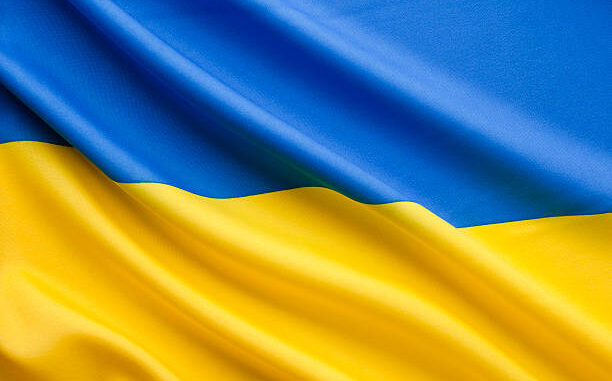
By Paulina Gajewski
The first in a series of discussions within Brooklyn College’s miniseries “Russia’s Continuing War in Ukraine” was held on Friday, Feb. 9. The event is part of a larger series of presentations scheduled by CUNY for their “Gender and Transformation in Central-Eastern Europe and Eurasia” that discusses gender in the postcommunist world, with specific interests in gender inequality throughout Eastern Europe and countries of the former Soviet Union.
Since 1993, the CUNY workshop program has allowed for a variety of conversations regarding authors and their new releases and presentations by scholars and academics from the region itself. Its members include activists, lawyers, educators, and academics.
The discussion was moderated by Janet Elise Johnson, Endowed Chair in the Women’s and Gender Studies department and a professor of political science at BC who researches gender violence policy, women in politics, and postcommunist feminism, and Mara Lazda, a professor of History at Bronx Community College specializing in modern European history and Central Eurasian Studies.
The presentation revolved around current research by scholar Alina Mozolevska, an associate professor at the Petro Mohyla Black Sea State University in Ukraine. The paper discusses media and border studies, linguistics, and critical discourse analysis. Within the broader context of the Russian invasion of Ukraine, Mozolevska research aims to focus on specificities within social media culture. Her paper analyzes the forms and contents of internet memes, relating them back to themes of political narratives and participatory cultures within the conflict.
Mozolevska began the talk by defining contemporary wars as increasingly digital wars. “Today’s Russia’s war against Ukraine is no exception;” Mozolevska states in her paper. “Digital technologies immediately transformed the war into content that is simultaneously processed by millions, enabling us to ‘see’ and ‘live’ the conflict ‘through a prism of personalized realities.’”
Media is seen as one of the battlefields, and significant portions of how individuals and the collective view the war is predominantly through how the war is depicted or interacted with on social media. Social media is not only impactful in the war itself, but how history may remember or memorialize it.
Despite media censorship, social media has become increasingly harder to control. It has become easier to spread knowledge about a conflict, and through its popularity, is used as a powerful tool to construct and convey ideologies. Social media has been used to, “reflect key existential issues that Ukrainians have faced since the beginning of the full-scale invasion: how to make sense of the war, and adjust to the new reality,” Mozolevska stated in her paper.
The crutch of Mozolevska’s research was visual analysis. The internet is a largely participatory environment, one in which virtually all individuals can share ideas or respond to others. This became a breeding ground for memes and cartoons, many of which are echoes of political cartoons of the twentieth century. “Needless to say, in the modern history of conflicts, visuals have been used repeatedly as a part of information strategy or propaganda,” Mozolevska stated in her paper. “Drawings, images, photographs, posters, cartoons, or maps represent a powerful tool of informing, but they can also act as a means for popular mobilization and political consolidation around a common goal.”
Mozolevska differentiates a meme by ascribing characteristics to it. It must be able to be remixed, be generally anonymous, combine some classical image with a remade meaning, and is viral or highly shared.
Throughout the images that Mozolevska showed, she emphasized the creation and cross-fertilization of competing narratives, specifically within the Russian/Ukrainian participatory environments. Social media also plays a significant role in shaping the image of the self and of “the other.” Within this specific conflict, Mozolevska showed a series of images depicting Ukrainians in the form of a pig, and Russians in the form of monstrous-like goblins. “In this case, the visual basis for the construction of the memes is derived from the global popular culture, presenting images easily adaptable to various discursive situations,” Mozolevska stated in her paper.
Gender also plays a significant role within the images. The country of Ukraine is often personified as a woman being oppressed, a subversive figure that needs masculine protection and aid. Women are also portrayed as the protective mother towards the soldiers, and more often than not, the victim. Female soldiers are increasingly present on the Ukrainian battlefield, presenting an intriguing discourse, as male soldiers are meant to uphold masculinity and not be depicted as suffering.
To Mozolevska, it’s important for war to be covered accurately, and not as the result of propaganda.
“It is very important to shape the reality, to reflect what is happening,” Mozolevska said. “The presence of the war is very different.”
For interested students who would like to see future presentations, visit: https://ceeegender.commons.gc.cuny.edu.
